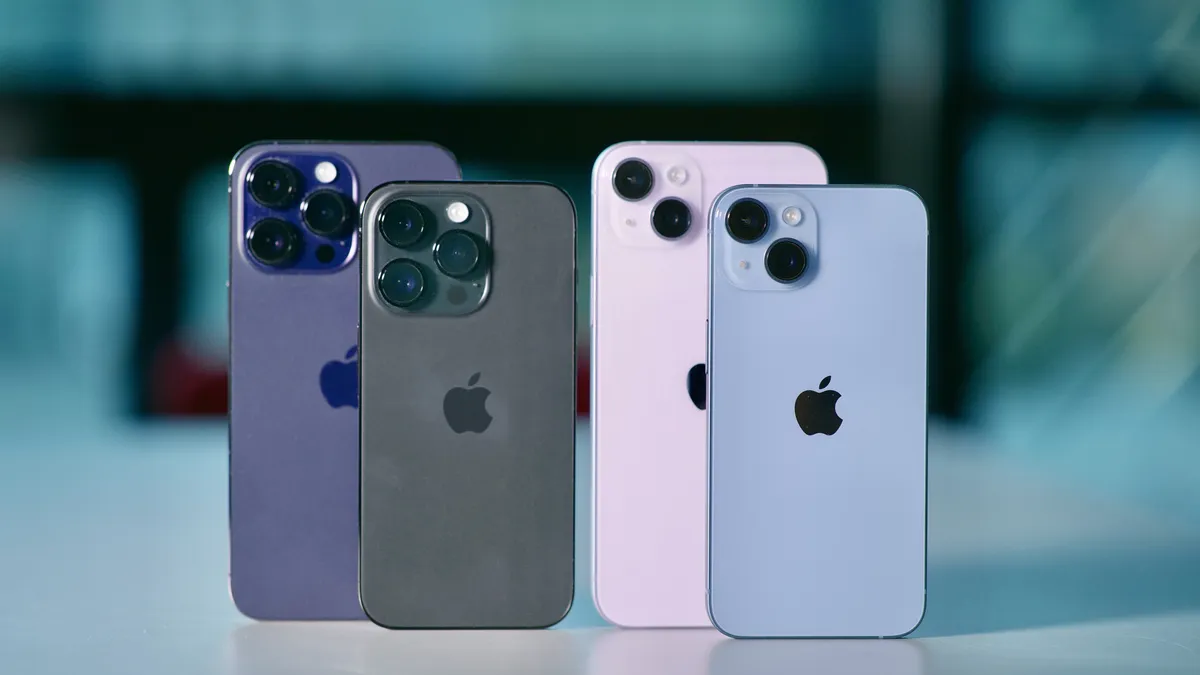Snapheal, developed by MacPhun, is a photo editing application designed to simplify the removal of unwanted objects and imperfections from images. Its user-friendly interface and robust feature set make it an appealing option for photographers seeking efficient editing tools. MacPhun has specifically designed SnapHeal with amateur users in mind, and to that end, it’s very easy to get to grips with and use. The company’s website claims you only need around 10 minutes to learn how to use the software, and that seems about accurate.
Strengths:
- Intuitive Object Removal: Snapheal offers a straightforward approach to object removal. Users can select unwanted elements using a brush, freehand, or polygonal lasso tool and then apply one of three erasing algorithms—Global, Local, or Dynamic—tailored for different types of imperfections. This flexibility allows for effective removal of various objects, from large distractions to minor blemishes.
- Adjustable Precision Settings: The application provides three quality settings—Norm, High, and Highest—enabling users to balance processing time with the desired level of detail. This feature is particularly useful when dealing with complex backgrounds or intricate textures.
- Additional Editing Tools: Beyond object removal, Snapheal includes retouching options such as exposure adjustment, saturation control, sharpening, and noise reduction. These tools enhance the overall editing experience, allowing for comprehensive image refinement within a single application.
- Standalone and Plugin Functionality: Snapheal operates both as a standalone application and as a plugin for other software like Photoshop, Lightroom, and Aperture. This versatility integrates seamlessly into various workflows, accommodating different user preferences.
Weaknesses:
- Performance with Complex Backgrounds: While Snapheal performs admirably in many scenarios, it can struggle with larger objects against busy or intricate backgrounds. In such cases, the removal may leave noticeable artifacts, necessitating additional manual adjustments.
- Learning Curve for Optimal Results: Achieving the best outcomes may require experimentation with different removal methods and precision settings. Users might need to adopt a methodical approach, working on smaller areas incrementally, which can be time-consuming for extensive edits.
- Limited Advanced Features: Compared to more comprehensive photo editing software, Snapheal lacks certain advanced functionalities, such as layer support and extensive blending modes. This limitation may affect users seeking more sophisticated editing capabilities.
Comparative Analysis:
When compared to other photo editing tools available in 2015, such as Adobe Photoshop’s Content-Aware Fill, Snapheal offers a more accessible and cost-effective solution for object removal. However, Photoshop provides a broader range of advanced features and greater precision for complex edits. For users prioritizing ease of use and affordability, Snapheal presents a compelling option, while those requiring more intricate editing capabilities might prefer more comprehensive software.
Conclusion:
Snapheal stands out as a user-friendly and efficient tool for removing unwanted elements from photographs. Its intuitive design and specialized algorithms make it suitable for both amateur and professional photographers seeking quick fixes. However, its performance may be limited when dealing with complex backgrounds or requiring advanced editing features. Overall, Snapheal offers a valuable addition to the photo editing toolkit, particularly for users seeking simplicity and effectiveness in object removal tasks. But, still, Snapheal is not making a bad photograph a good photograph, this is improving its rendering, which is different.

